Digit reduction occurs many times in tetrapod evolution, and the most famous example is the 'horse series' of North America. An international research team announced the discovery of two new Chinese dinosaurs today: Bannykus and Xiyunykus, in the journal Current Biology, which shed light on how alvarezsaurian dinosaurs reduced and lost their fingers.
The newly-found dinosaurs are based on two fossils collected by a joint expedition co-led by Xing Xu from Institute of Vertebrate Palaeontology and Palaeoanthropology, James Clark from George Washington University, and Tan Lin from Long Hao Institute of Geology and Paleontology. Xiynykus was discovered in 2005 in Zhunggar Basin, northwestern China, and Bannykus was discovered a few years later in 2009 in western Inner Mongolia, north-central China.
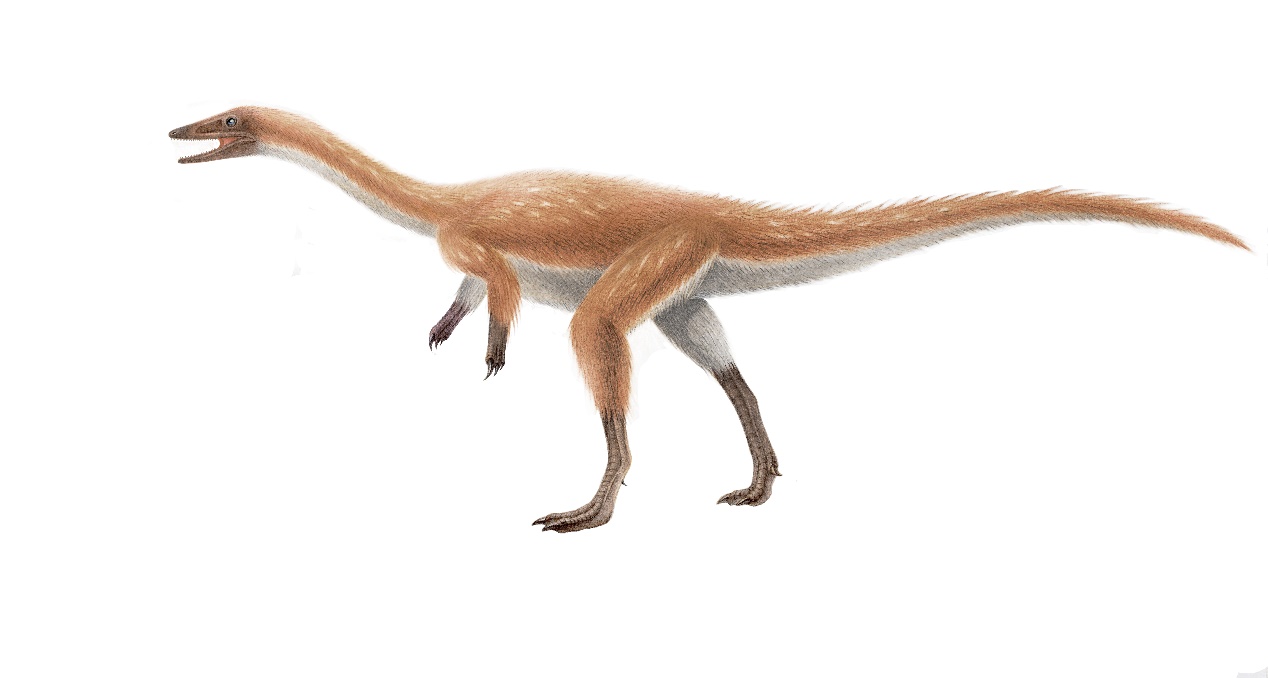
Figure 1 Bannykus resoration by Shi Aijuan
The newly-found Alvarezsaurian dinosaurs are among the most bizarre groups of theropods, with extremely short, robust forelimbs with a single functional claw and gracile, bird-like skulls and hindlimbs. These specializations have led to controversy about their phylogenetic placement, their biogeographic history, and their ecological role in Mesozoic ecosystems.
At early times, unspecialized alvarezsaur fossils were the key to resolving this controversy, but until recently the group had at least a 90 million year gap in its fossil record, especially during the Early Cretaceous.
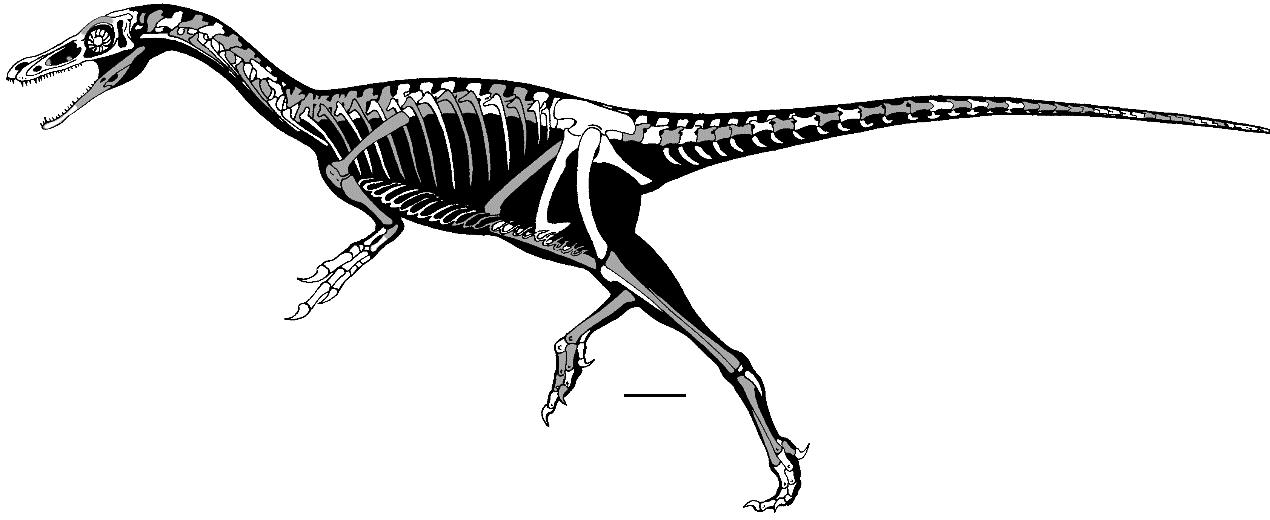
Figure 2 Xiyunykus skeleton linedrawing by Shi Aijuan
The new dinosaurs fall nearly at the midpoint of the 90-million year temporal gap between the earliest and latest alvarezsaurs. They contribute key phylogenetic and biogeographic information that firmly resolves Alvarezsauria as a monophyletic clade originating in Asia and dispersing to other continents.
The new findings show clear anatomical specializations also present in later members of the clade, such as a hypertrophied first digit, mechanically efficient forearm, and robust humerus. However, they preserve plesiomorphic forelimb proportions not present in later-branching members.
Together, these observations document a major macroevolutionary shift from the plesiomorphic theropod condition of a relatively long arm and grasping hand in the earliest alvarezsaurs (e.g., Haplocheirus), to a long arm with a specialized hand in Bannykus and Xiyunykus, to the highly specialized short-limbed, functionally monodactyl hand in the latest evolving members of the clade.
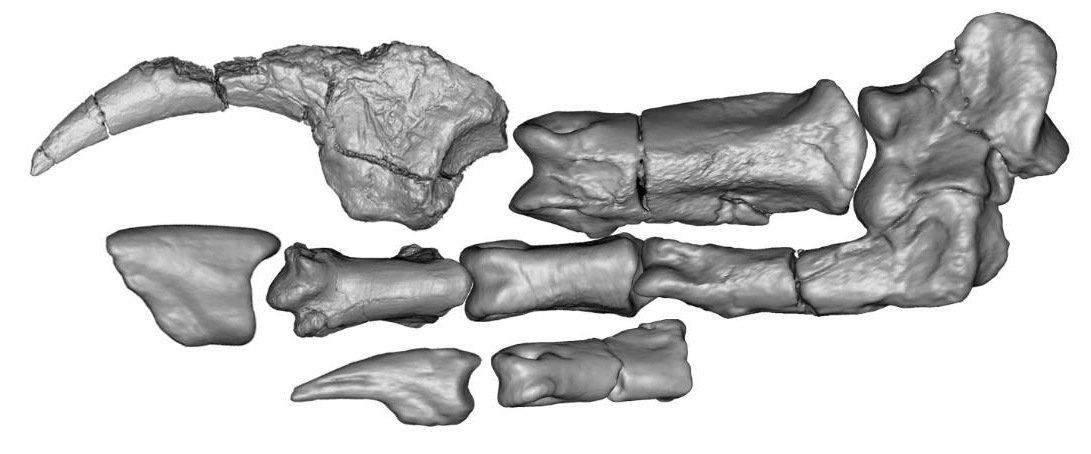
Figure 3 Bizarre hand of Bannykus (from Xing Xu)
“This transition plays out in an incremental fashion over more than 50 million years,” said Xu, “it could one day potentially serve as a classic example of macroevolution akin to the ‘horse series’ of North America.”
“Alvarezsaurs are weird animals,” said Dr. Jonah Choiniere from the University of the Witwatersrand of South Africa, a co-author of the report, “with their strong, clawed hands and weak jaws, they appear to be the dinosaurian analogue to today’s aardvarks and anteaters.”
But the earliest alvarezsaurs had more typical, meat-eating teeth and hands useful for catching small prey, and only later-evolving alvarezsaurs evolved a hand with a huge, single claw capable perhaps of tearing open rotting logs and anthills. Bannykus and Xiyunykus are important because they show transitional steps in the process of alvarezsaurs adapting to new diets.
“The fossil record is the best source of information about how anatomical features evolve,” said Clark, “and like other classic examples of evolution such as the ‘horse series,’ these dinosaurs show us how a lineage can make a major shift in its ecology over time.”
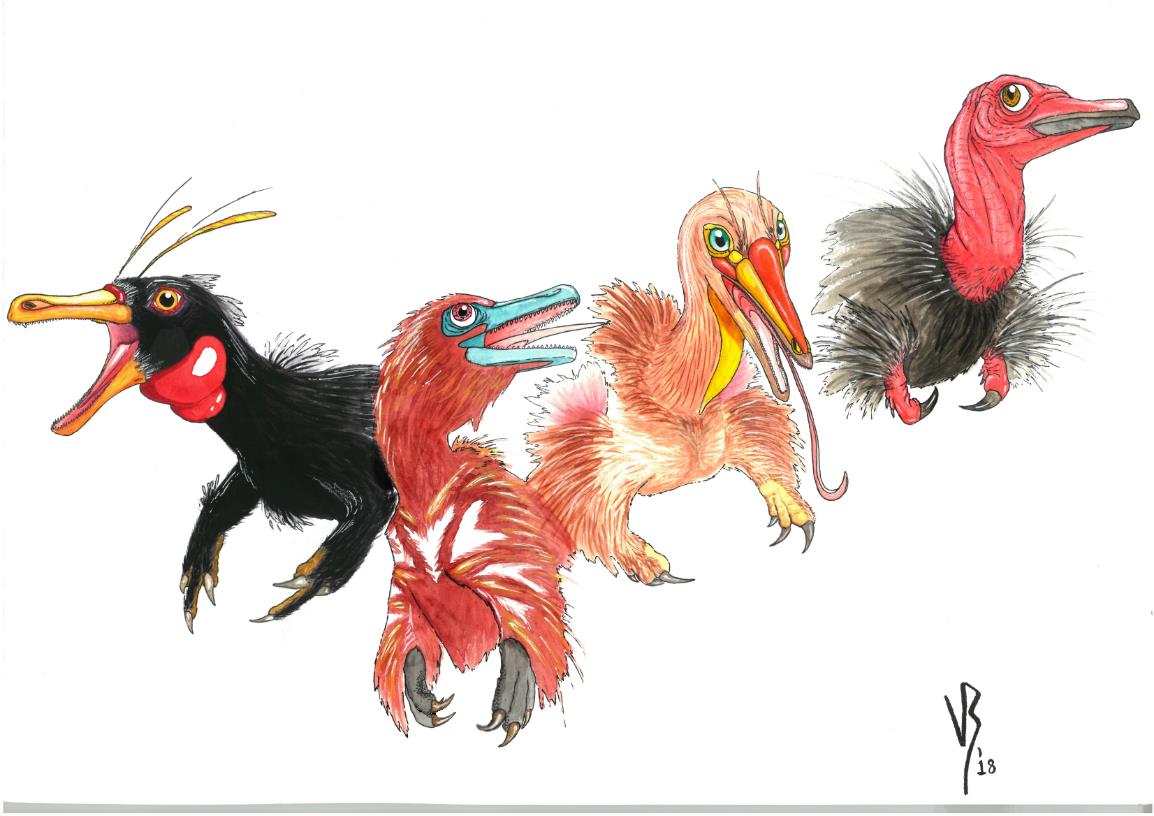
Figure 4 Alvarezsaurs restoration by Vikto Radermacher
Dr. Roger Benson from the University of Oxford added, "The new fossils have long arms, and so show that alvarezsaurs evolved short arms only later in their evoutionary history, in species with small body sizes. This is quite different to what happens in the classic example of tyrannosaurs, which have short arms and giant size."
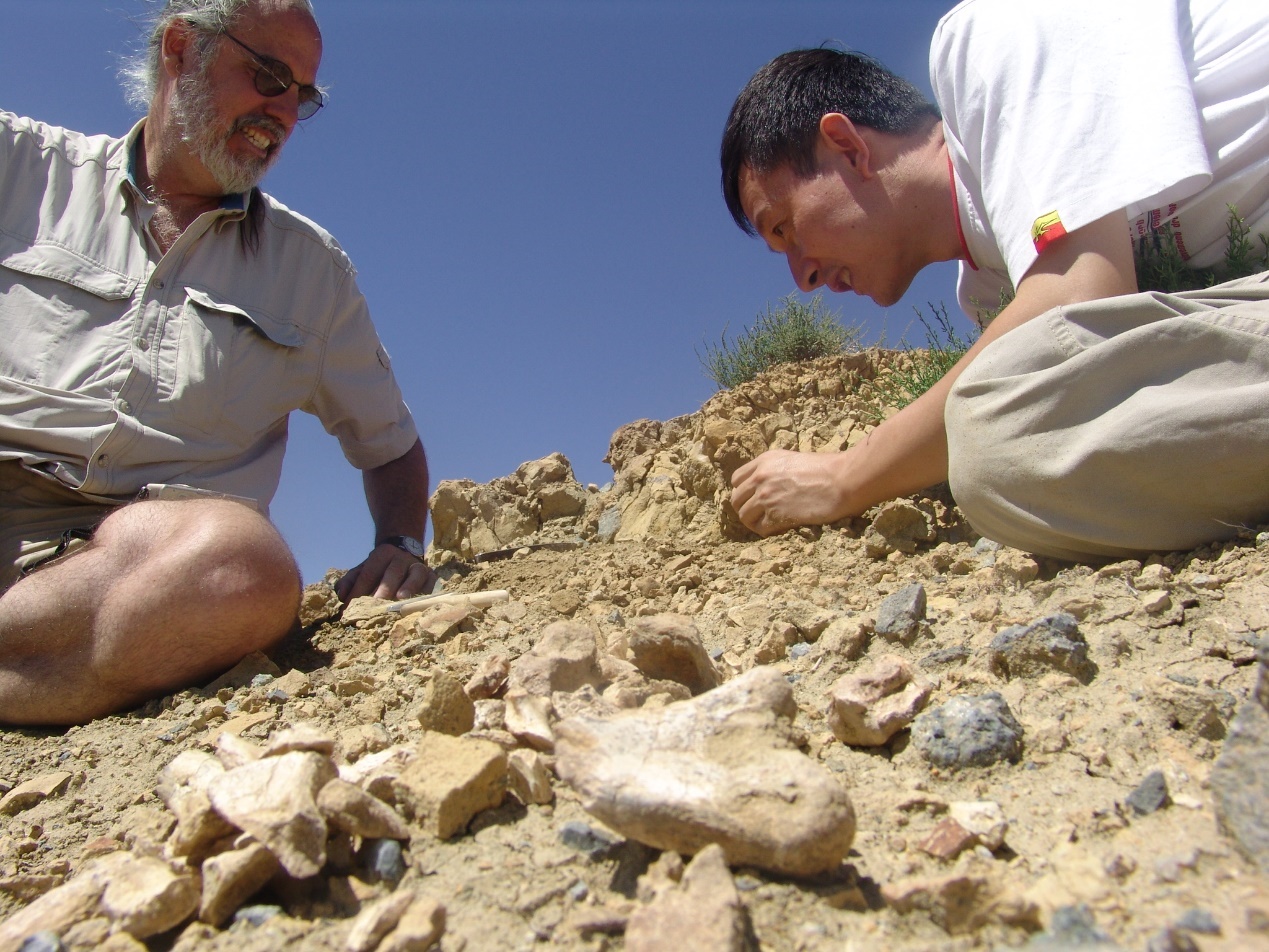
Figure 5 Xu and Clark collecting dinosaur fossils in inner Mongolia (from Xing Xu)
China has produced some of the most significant dinosaurs fossils over last few decades. “Our international field teams have been tremendously productive over the years,” said Xu, “and this research showcases just some of our incredible discoveries.”